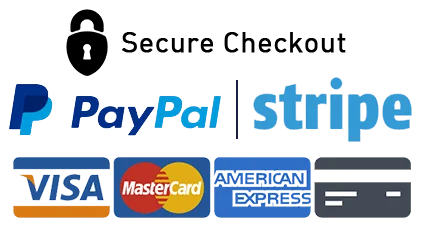What’s the first thing that comes to your mind when someone mentions search engine optimization (SEO)? If you’re like most people, chances are you’re already thinking about keyword research, content creation, and link building.
These are some of the most integral elements of an SEO strategy. But even the most keyword-rich content and top-notch backlinks will fail to boost search engine rankings if your website is poorly designed.
SEO-friendly web design isn’t simply about creating a visually attractive website. Flooding your website with high-quality graphics, images, animation, and videos isn’t enough. You need to ensure that all these website elements work in tandem to support your SEO strategy.
It emphasizes the importance of working with an internet marketing company that’s well-versed with SEO-friendly design practices. Also, you need to keep an eye out for various mistakes that could be pulling your website down in relevant search engine results pages (SERPs).
Web Design Mistakes That Are Catastrophic for SEO
Unless you’re living under a rock in 2021, you already know that having a fast, secure, and mobile responsive website is crucial for SEO. With mobile devices accounting for 54.8% of the global web traffic, a mobile-first approach to website development is mandatory. But that isn’t the only aspect of web design that influences search engine rankings.
In the following sections, we’ll discuss a few critical web design mistakes that take a toll on your SEO strategy. Let’s get started.
1. Poor Website Navigation
Sluggish website speeds aren’t the only reason visitors aren’t engaging with your website. If your site architecture is too complex, visitors will have a hard time navigating it.
That, in turn, increases their chances of exiting your site without taking any action. It results in higher bounce rates and ultimately, pulls down your website’s engagement metrics.
That’s why it is important to make your website easily navigable by simplifying site architecture. Leverage strategic internal linking to help visitors find relevant and useful information. Also, use clear and compelling calls-to-action (CTAs) to help them browse your website.
Use logical categories to group similar web pages in the main menu. Make sure all important pages, such as ‘about us’, ‘contact us’, and product/services pages can be easily accessed from the main menu. Include links to key web pages in the footer as well.
2. Adding Text to Images
High-quality images are essential for grabbing the attention of website visitors. But if you overlay vital information on website images, you’re going to miss out on the chance to rank for important keywords.
That’s because search engine spiders are designed to identify and understand textual content. When you add text to website images, search engines don’t register the information. That, in turn, adversely affects your on-page optimization efforts. Also, it makes your website inaccessible to people with visual impairments.
The best way to avoid these pitfalls is to use meaningful captions with images. Even if you’re including important data or statistics in an image, make sure you repeat the same information as text.
Also, add keyword-rich and meaningful alt text to each image. It should accurately explain the content of the image using simple language. That’ll help search engine spiders understand what an image is all about, and determine whether it’s fit to be included in relevant search results.
Similarly, include relevant alt texts and transcripts for audio clips, videos, and other media files on your website. While you’re at it, don’t forget to include descriptive filenames for all media assets on your website.
3. Improper Use of 404 Redirects
An HTTP 404 or ‘page not found’ error occurs when a user types a wrong website URL or visits a broken link. Most websites redirect such requests to a dedicated page that explains possible reasons for the error.
But if you’re simply using the 404 page to tell visitors they’ve landed on a broken link, you’re missing out on an important opportunity to improve their experience.
Instead, you can boost visitor engagement by including links to the most-visited pages on your website. Or you could simply include a link to your website’s home page. 301 redirects can also prove useful in diverting traffic from broken links to pages with better traffic. You can get the page statistics from SEO tools like Ahrefs or Semrush and use them to determine which pages you want to target.
Another clever tactic is to include a contact form that lets users specify the information they were looking for on your website. You can reach out to them with links to the relevant blog posts, product pages, or other content.
It’s particularly important when you’re redesigning your website, and adding new content.
Climbing Up the SERP Ladder With SEO-Friendly Design
A visually stunning website might help you grab eyeballs. But first, you need your target audience to come across your website in relevant search engine results.
Instead of obsessing over creating an awesome-looking website, make sure it delivers a flawless user experience. Work with an experienced internet marketing company to simplify the navigation, use keyword-rich image alt text, and include relevant links on 404 pages to enhance engagement.







